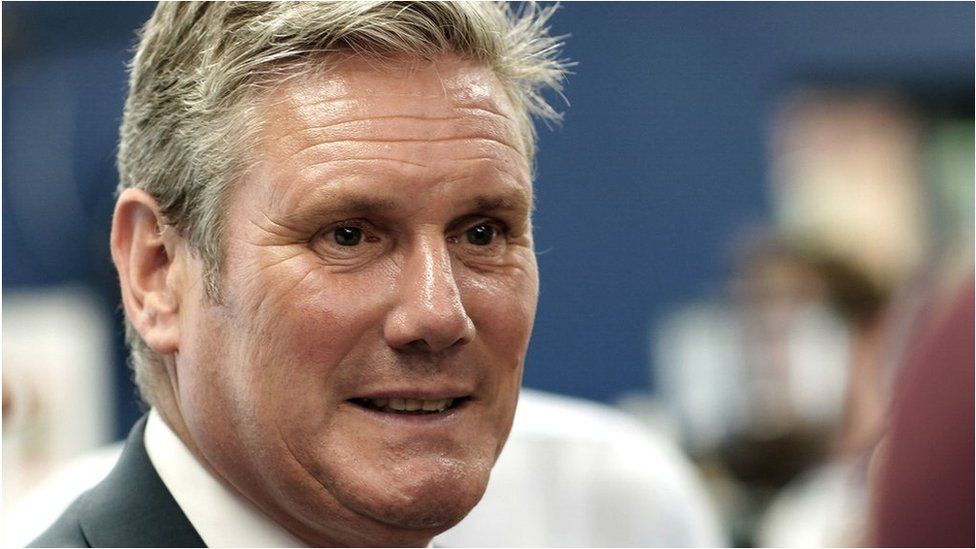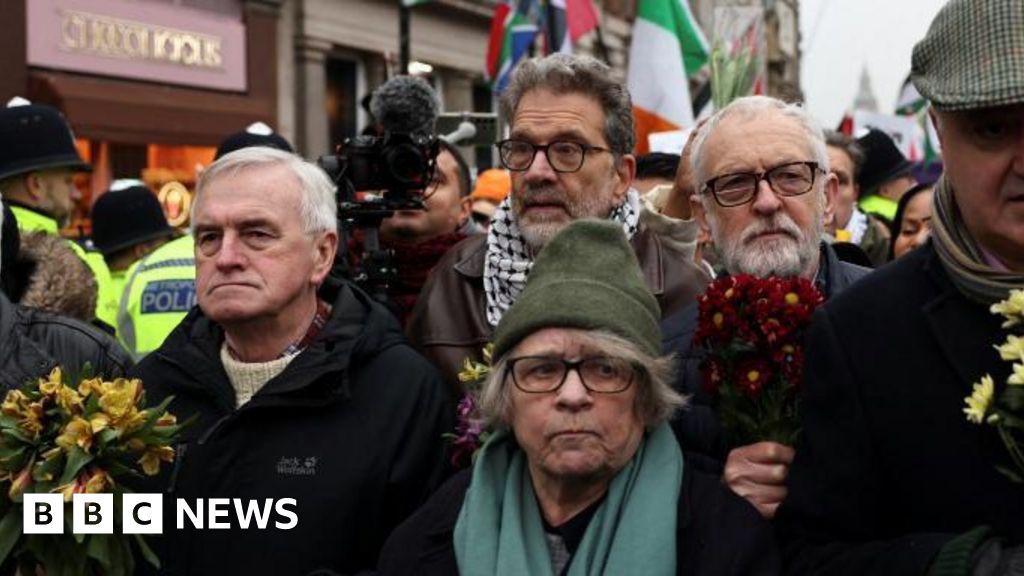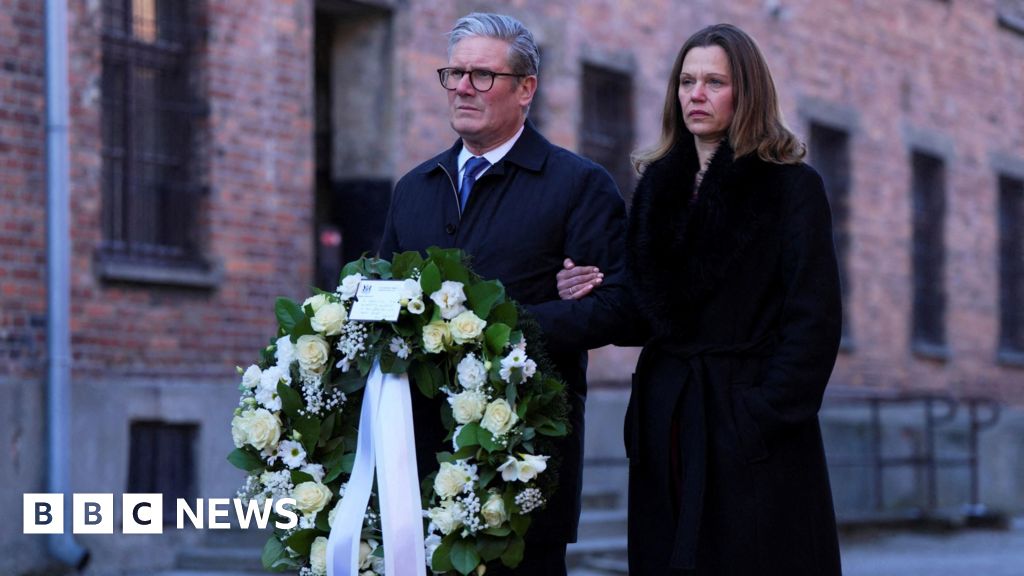ARTICLE AD BOX
By Reality Check team
BBC News
 Image source, PA Media
Image source, PA Media
Labour leader Sir Keir Starmer has called for the cap on energy prices to be frozen.
The average energy bill is currently expected to increase from £1,197 a year to £3,582 in October, and to £4,266 in January 2023.
Here are five questions about Labour's plan.
How would it be paid for?
Labour estimates its plan would cost about £15bn more than the government's scheme to give every household £400 this October (and the proposals from the Conservative leadership candidates, Liz Truss and Rishi Sunak).
Labour estimates that about £3.5bn of the additional spend would come from changes to the government's windfall tax on oil and gas companies - including having the tax applied to profits from January 2022, rather than May, and getting rid of a government tax relief scheme designed to encourage investment from these firms.
But it's not yet clear exactly how much the government's windfall tax will raise and how much more Labour's changes would amount to.
The party also anticipates raising an extra £4.7bn in existing taxes because oil and gas prices are now likely to be much higher than they were when the last official forecasts were made.
In addition, Labour says that freezing energy prices would stop inflation rising as high as it would otherwise have done: they estimate this would reduce government borrowing costs by £7.2bn this year.
But economists have warned the scheme relies on delaying borrowing costs.
Why would borrowing costs fall?
The government is in a lot of debt - to the tune of about £2.4 trillion.
The amount of interest it has to pay on some of that depends on the rate of inflation - it's known as index-linked debt.
Labour estimates that freezing energy prices will knock 2.8 percentage points off the relevant inflation rate over the next six months, which, it calculates, will save £7.2bn in interest payments this year.
While freezing energy prices with a government subsidy pushes inflation down, unfreezing them by taking away a subsidy pushes it back up. Labour says the freeze would apply until April 2023.
"Assuming this is only a temporary subsidy - and I think it really has to be temporary at some point - then over time the average rate of inflation won't change," Paul Johnson, Director of the Institute for Fiscal Studies (IFS) told BBC News.
"That's not a real saving, it's a saving this year but it's not a saving in the long run."
What happens after six months?
Sir Keir was asked on Today what would happen in April and said: "We'll have to assess the situation in April according to the forecasts as they then are."
The IFS has warned that support will be needed "for quite a lot more than six months", adding the amounts of money involved would quickly match the amount spent on the furlough scheme during the pandemic, which kept people in jobs at a cost of almost £70bn.
Labour's six-month plan is estimated to cost £29bn.
What help is there for businesses?
The energy price cap only applies to domestic users, so businesses have been paying the higher prices for gas and electricity throughout.
Labour has proposed two measures to help businesses:
- A £1bn fund to help energy-intensive industries
- An increase in the amount that small businesses have to earn this year before they have to pay business rates, from £15,000 a year to £25,000 - at a cost of £1.1bn.
Both of these measures would be paid for by an increase in the Digital Services Tax (DST) this year.
DST is a 2% tax on money made by search engines, social media services and online marketplaces catering to UK users.
The Office for Budget Responsibility estimated in March that that tax would raise £700m this year.
If it needs to raise an extra £2.1bn that would mean considerable changes would be needed to increase the revenue fourfold.
Who would benefit the most?
Progressive measures from government help people with lower incomes more than those with higher incomes. The opposite is a regressive policy.
Freezing energy prices could be seen either way.
Because it reduces the price of gas and electricity, the people who will save the most in cash terms will be those who use the most energy, generally wealthier people with big houses.
But less wealthy households spend more of their money on energy, which means they save more as a proportion of their income.
Some charities have called for a more progressive approach. "We need to see more help being targeted to the worst-off in our society, those for whom these price rises are completely unaffordable," Katie Schmuecker from the Joseph Rowntree Foundation told BBC News.
The Labour leader accepted that freezing energy prices meant wealthy households would also benefit but said "many, many millions of households are going to struggle" and added that by making it "across the board", the policy would also bring down inflation.

 2 years ago
26
2 years ago
26








 English (US) ·
English (US) ·